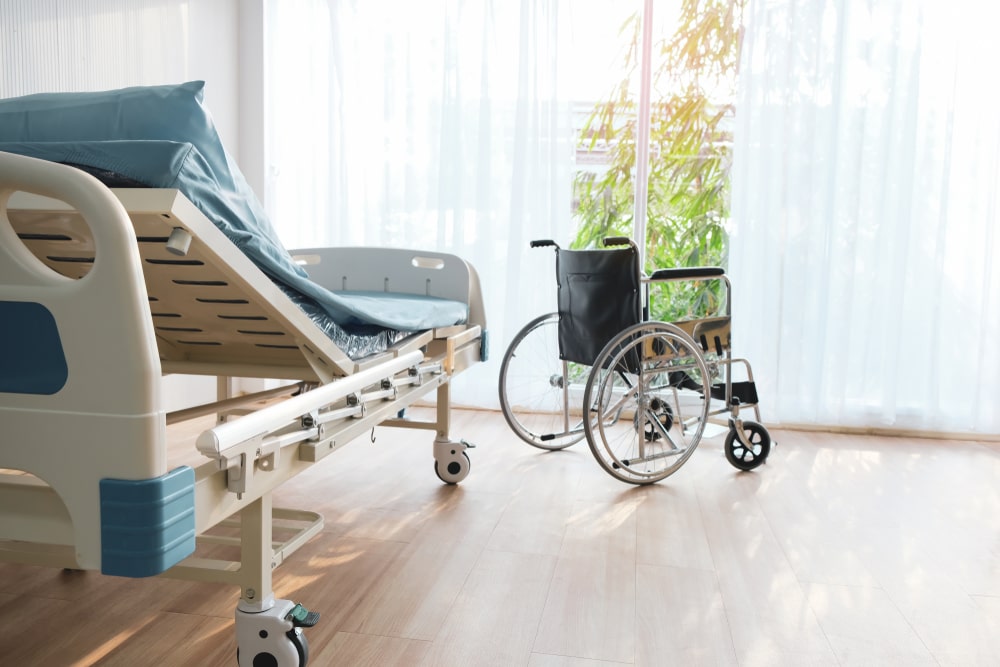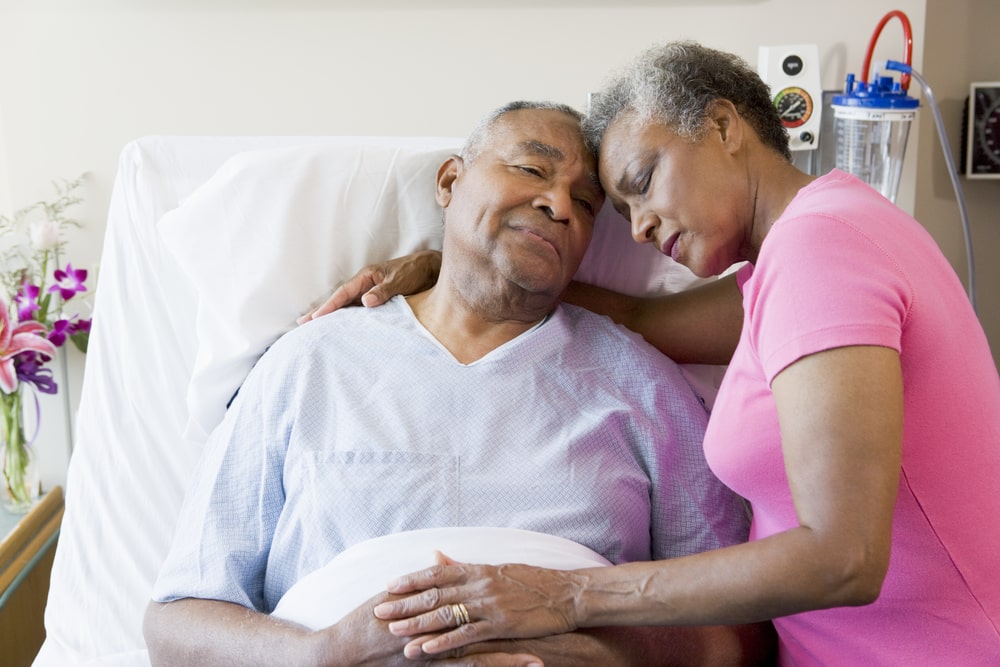
If you have been diagnosed with a terminal illness, choosing hospice care may feel like giving up. But in so many ways, it’s not about giving up; it’s about taking back control and improving quality of life so that the final days are the best they can possibly be – for you and your loved ones.
Research shows that hospice care not only improves quality of life, but it also extends the length of life. In two separate studies, results found that patients who received hospice care lived 1-3 months longer, felt happier, and were more mobile. But how does hospice care do that? What services do hospice workers provide that improve quality of life? Let’s talk about it.
6 Ways Hospice Care Can Improve Quality of Life

1. Symptom Management
The first focus of hospice care is pain and symptom management. Pain negatively affects quality of life, so if you can manage it, quality of life goes up quickly. Hospice teams are skilled in managing pain through medication, physical therapy, as well as other techniques. Regular visits from the hospice team will not only keep any discomfort down, but they also often prevent the need for emergency hospital visits. This means you can rest more fully and stay in the comfort of your own home.
2. Emotional & Spiritual Support
In addition to addressing physical needs, hospice care also provides resources for emotional and spiritual support. As human beings, we are so much more than a body – we are spiritual, emotional, and psychological. When you request hospice care, you gain access to chaplains and other advisors who are available to help you and your family cope with the challenges of a terminal illness and the grief that comes along with it. This form of counseling can reduce stress, anxiety, and emotional pain, leading to a better quality of life.
3. Education on What to Expect
For so many of us, the unknown is daunting and scary, which can cause some unpleasant emotions like fear or anxiety. But by learning what to expect, you can take some of the fear out of a difficult situation. If you’d like, the hospice care team is available to help you understand disease progression and what to expect in the coming months. This knowledge will help you process what’s happening to your body and prepare for what’s to come. Though it seems counterintuitive, having this information can reduce the stress you feel and improve overall quality of life.
4. Practical, At-Home Assistance
When you’re not feeling well, the practical, day-to-day tasks can sometimes become much harder to accomplish. The hospice care team can ensure that you and your home continue to be cared for throughout your illness. They will assist with your personal care (hygiene, baths), household tasks (preparing meals, cleaning), and if you’d like, they can also assist with financial planning or advance funeral planning. By allowing the hospice team to take care of the practical things, your ability to remain at home increases, and being in a comfortable, familiar place improves quality of life.
5. Support for Caregiving Relatives
In addition to a hospice care team, you may also have close family members acting as caregivers during your illness. These loving caregivers also administer medication, help with personal care, and take care of the home. But sometimes, caregiving can be overwhelming, and family caregivers may need a break. That’s completely normal and expected. When you sign up for hospice care, respite care becomes an option for caregivers. This short-term assistance gives caregivers a few days to recharge or take care of their own personal needs. When your caregivers feel refreshed, your quality of life improves, too.
6. More Family Time
The more hands you have helping, the more time you have for other things. If your loved ones are acting as your sole caregivers, they may feel torn between taking care of the daily necessities and simply sitting with you and absorbing every minute. With a hospice team on your side, your caregiving family members don’t have as many responsibilities. This means you can spend more time just being together, which is something all of you need during this time of illness and transition. No one ever wishes they’d spent more time working – they wish they’d spent more time with family and the people who matter most.
As you can see, hospice care looks at the whole person – physical, spiritual, emotional, mental. And by offering a variety of services, hospice care workers not only improve your quality of life, but they also assist you and those closest to you with deep compassion and kindness.
For more information about hospice care, check out these resources:
Understanding the 7 Basics Hospice Services
Who Qualifies for Hospice Care?
Deciding How to Pay for Hospice Care
Do You Know the Four Levels of Hospice Care?
4 Places Where You Can Receive Hospice Care
The Ins and Outs of Hospice Respite Care
6 Signs that It’s Time to Consider Hospice Care





















































